After Texas, Donald & I did a blast through the South to reach the Florida Panhandle & our destination, Grayton Beach State Park – a great FLA State Park on the Gulf of Mexico.
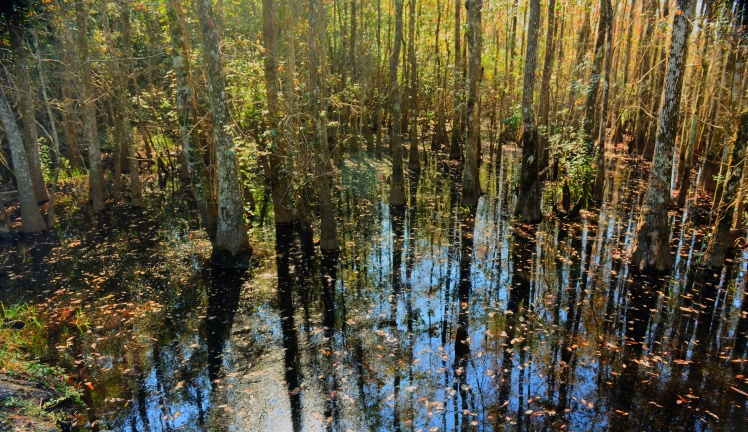
The “30A” area, named after the highway that boarders the beach towns, is a great spot. Loaded with great restaurants, good live music and the spectacular beaches that rival anything in the Caribbean, it is a wonderful place to spend a a few days or a few years.

We were lucky and able to get a spot in the Grayton Beach Campgrounds with large full hook up sites and big level sites. We have camped here previously and always look forward to returning.
The campground abuts a State Forest which offers green space and a taste of off road driving. At this time of year the flowers were in bloom in the underbrush and provide a nice hit of color.
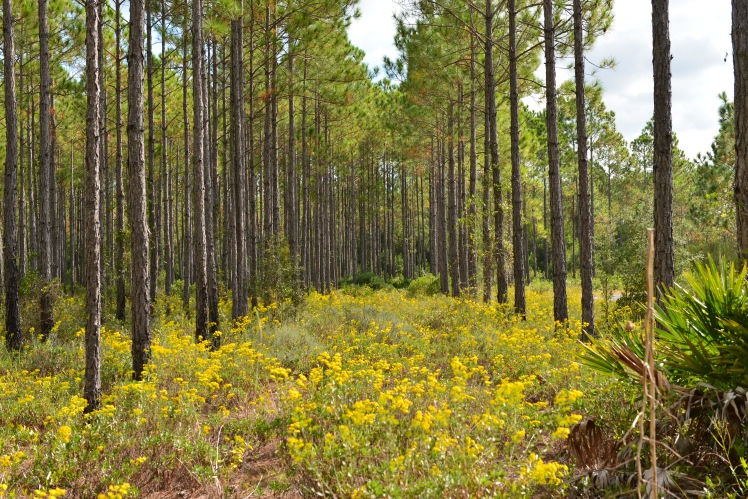
We also had the time to tour Milton FLA – an great old FLA town.
The origin of the name Milton is uncertain, but was likely a derivation of “Milltown,” demonstrating the importance of the lumber industry in the area. Legend has it that the area was also referred to by one of its most irritating features: the brambles and briars that once grew along the banks of the river. Hence, in early days Milton was referred to as “Scratch Ankle.”
Milton has numerous historic properties to explore.
The St. Mary’s Episcopal Church and Rectory is an historic Carpenter Gothic style Episcopal church and its adjacent rectory located at 300 ( now 6849 ) Oak Street in Milton, Florida. On May 6, 1982, it was added to the U.S. National Register of Historic Places.

The rectory is also known as the McDougall House.
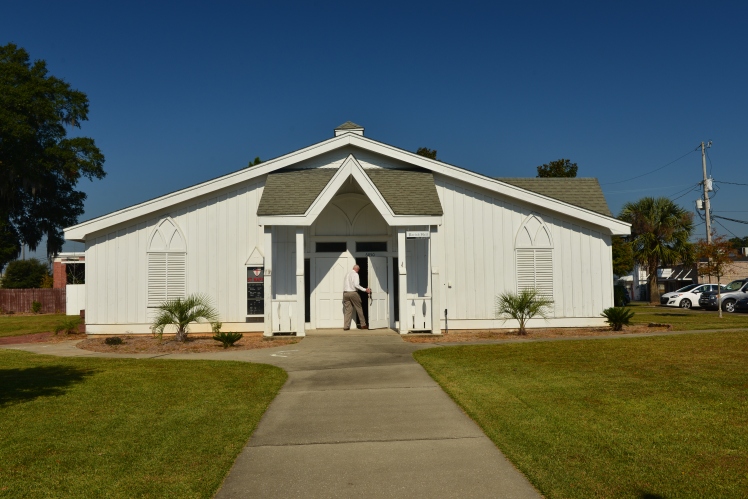
In 1989, St. Mary’s Episcopal Church was listed in A Guide to Florida’s Historic Architecture, published by the University of Florida Press. The listing quotes from Frank Lloyd Wright’s book, The Aesthetics of American Architecture, in which he wrote: “Saint Mary’s is a jewel created in the purest tradition of the Gothic Revival. It survives today wirh its pure lines intact, its muted colors untouched. Purity, it is without a blemish.”
As World War II approached, the trees were disappearing and the lumber industry began to decline. But war produced the need for Naval Aviators and the U. S. Navy built N.A.S. Whiting Field north of Milton. Over time, Whiting Field, and its associated out lying fields, became the preeminent training facility for Naval Aviators.
The local Blackwater River attracted numerous ships – some ended up as wrecks here. Boats were able to travel further up the River due to the invention of Steam Ships allowing ships to travel further up the river to collect goods- which were then shipped overseas.
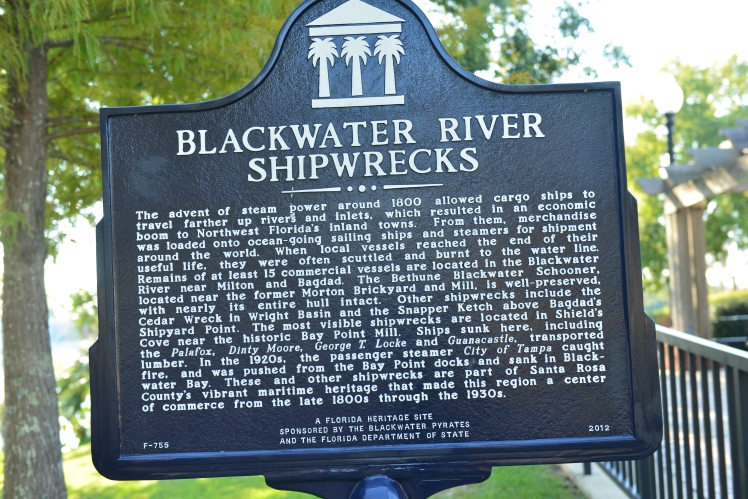
Goods included wood and manufactured products. The remains of over 15 ships may be found in the Blackwater River – when ships reached the end of their useful life they were burned, in place, to the ground. Must have – and still make – for tough navigation.
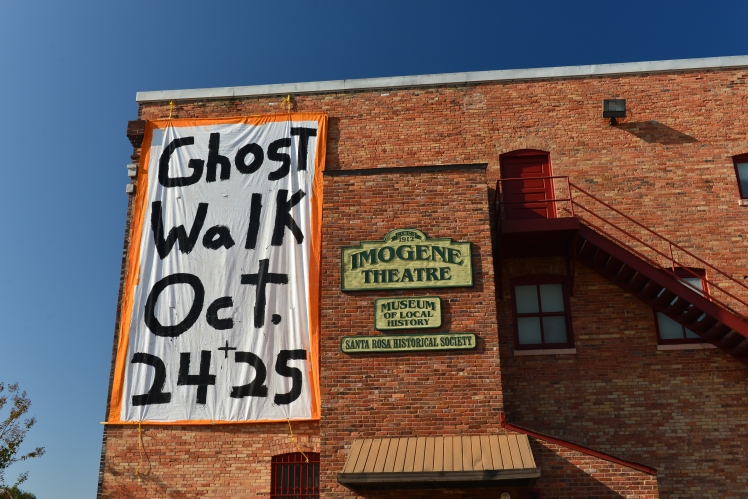
The Civil War had a catastrophic effect on progress in the city, being most commercial facilities were destroyed early in the war to prevent their use by Federal troops. Many residents fled to Alabama during the war and many lost their estates.

In the early part of the 20th Century, the City of Milton began to provide many of the services and conveniences of larger cities. In 1910, an electrical plant was installed at the edge of town on Berryhill Road. Shortly after, a modern waterworks, with 110-foot tall steel water tower, was erected at the same site. The Milton Fire Department was established in 1914. Over the next several years infrastructure began as sewer lines were laid, and streets were paved. A bridge was built across the Blackwater River at the foot of Grace Street, replacing the ferry which operated from the end of Berryhill Road for over 70 years.
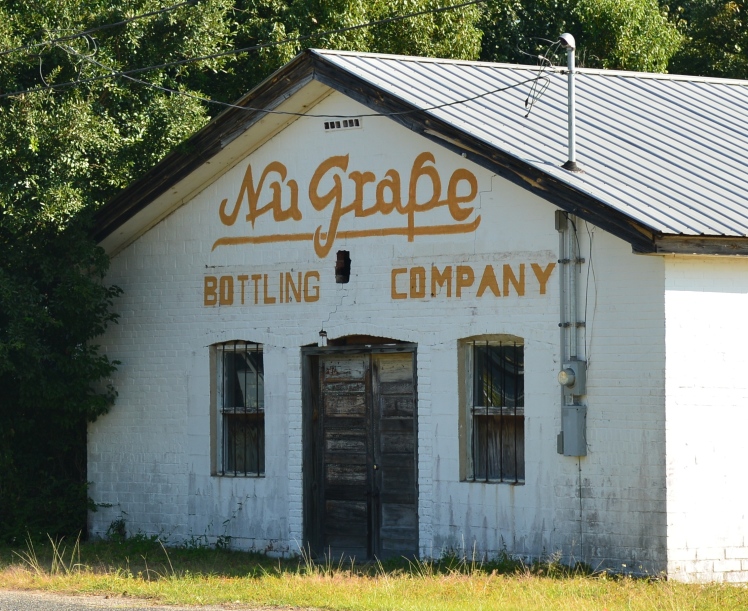
this looks like it marked the waterway originally…now it stands on a corner of a private property.

Like many older towns, Milton had a great old cemetery accented with hanging lichen to add to the mystery.


Many graves present are from the late 1800s – and sadly, like many old cemeteries contain too many graves with children’s names.
And cherubic statues add to the mystique.
Milton also has an old train station with railcars…
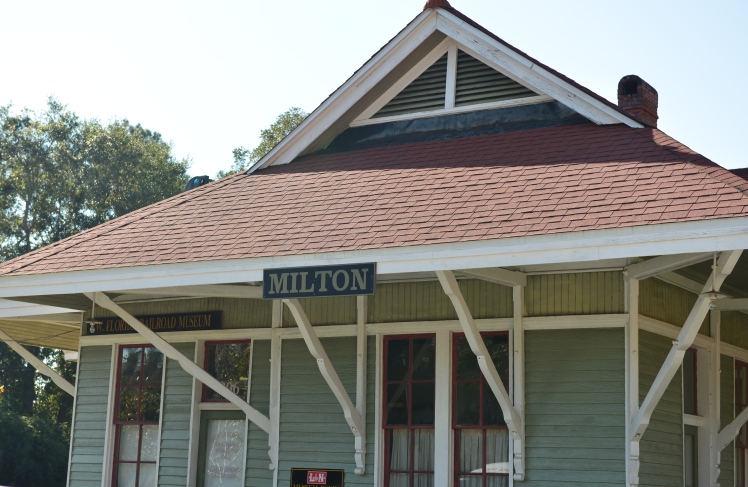
In the early 1880’s, the railroad came to town, bringing a new dimension to the commercial activities of the area. Soon, railroad tracks covered the county, extending deep into the forests north of town as timber related industries flourished. Small towns such as Munson and Belandville began to spring up along the tracks. As virgin forestlands were cleared, farming became a major industry, with cotton and peanuts becoming the staple crops.

and a small pocket park – Whiting Park – open to Defense Members, with a boat ramp.

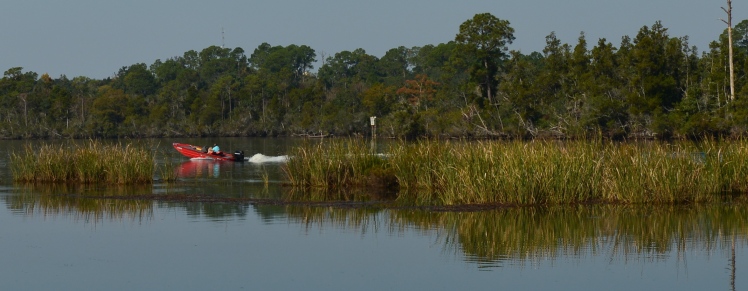
And old tree stands growing in bogs…
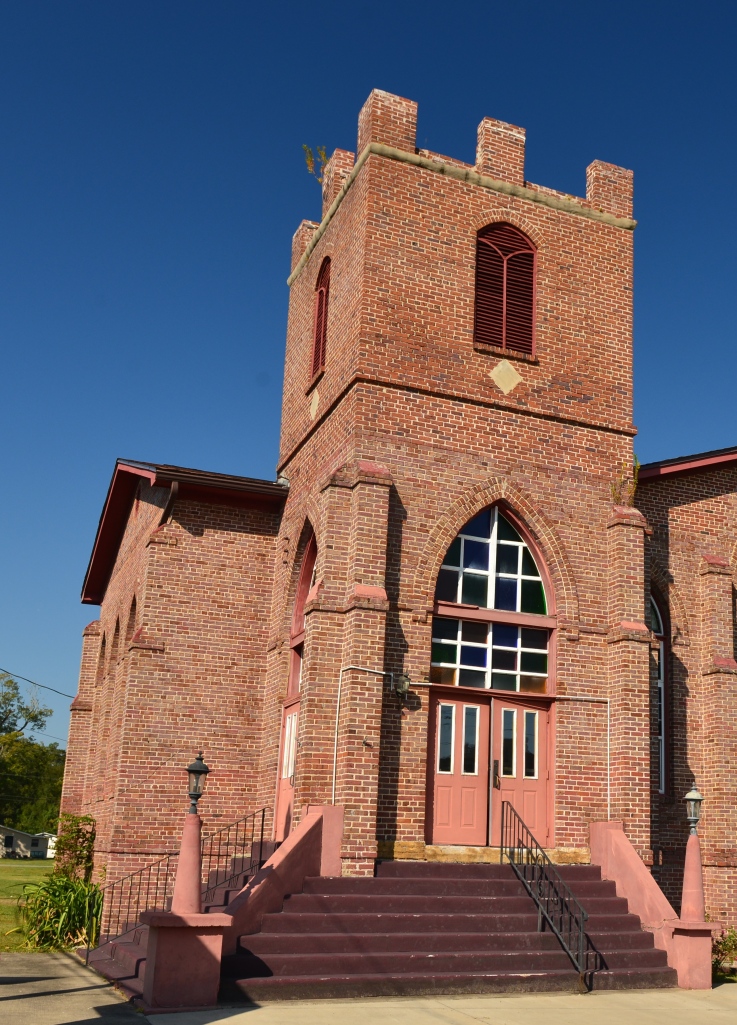

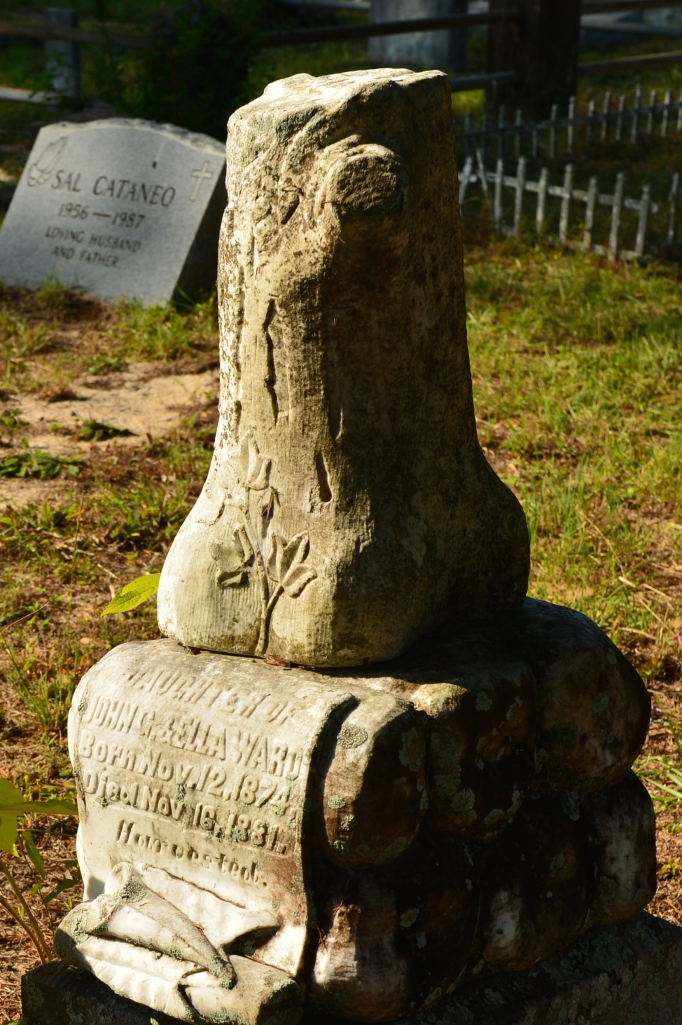
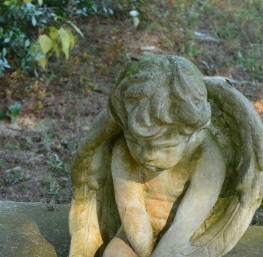

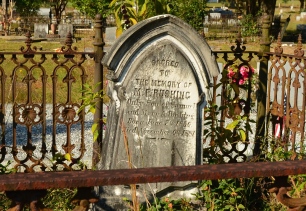


Love all your posts. We miss you guys.
hey Norah – thanks for your nice note. great to chat tonight. safe travels and hope to talk again soon. gail
You are certainly staying in beautiful area. Enjoy your time there:)
thanks – – safe travels and thanks for checking out my post!
Gail. Great write up and pics of Milton. I love the old church and Imogene theater. Blackwater bistro is our favorite restaurant in milton.